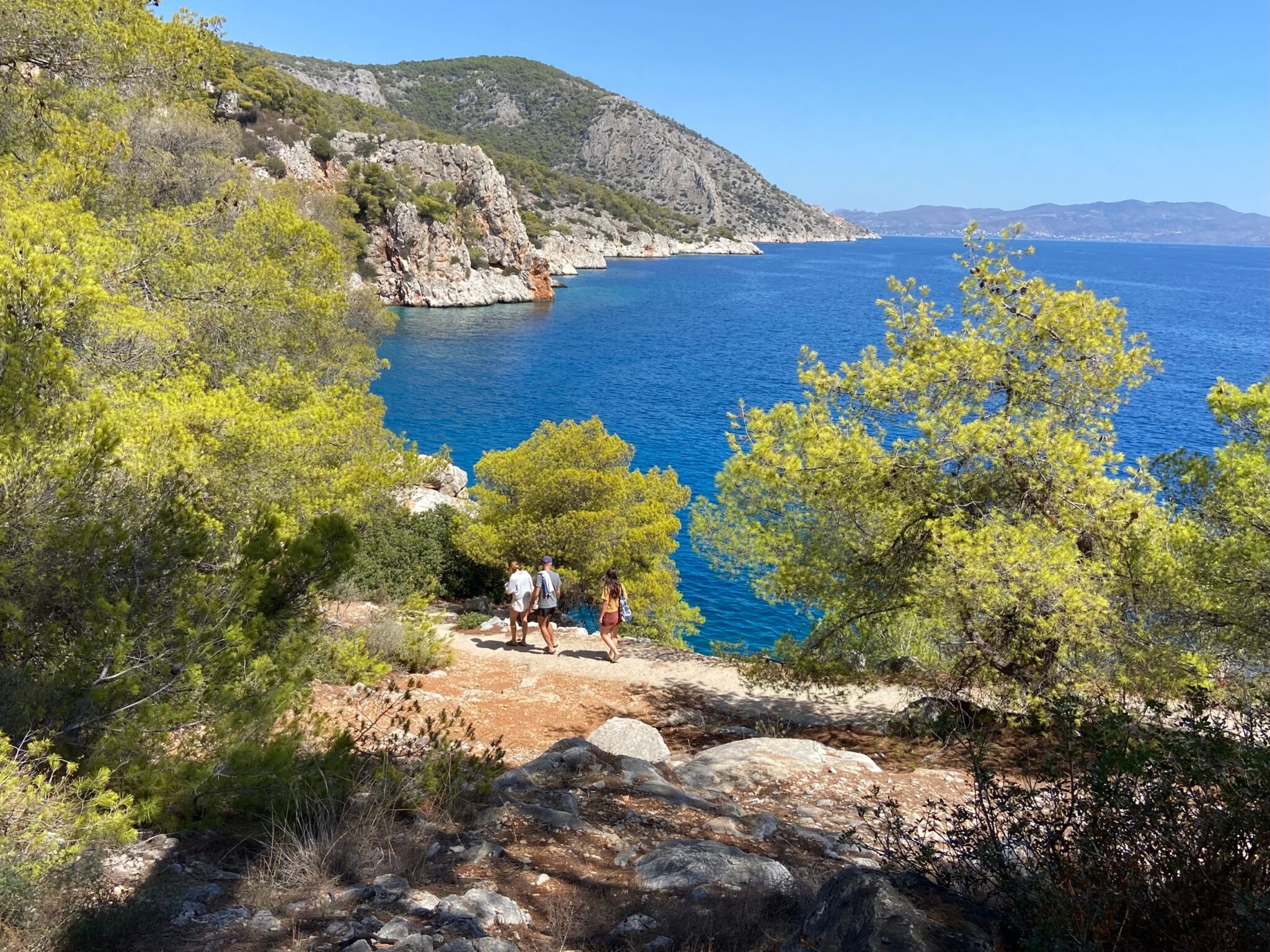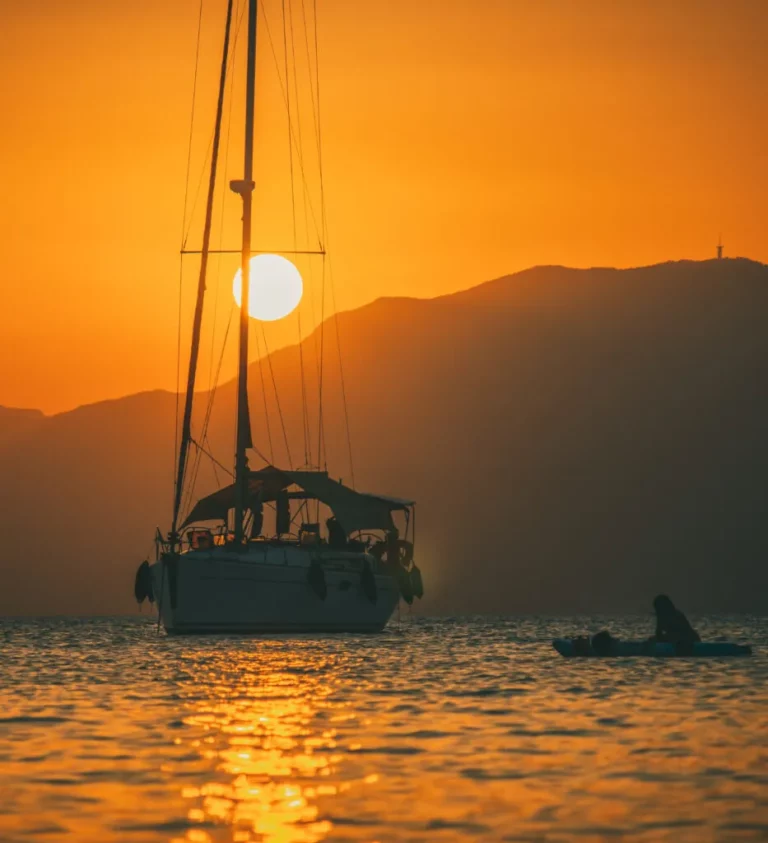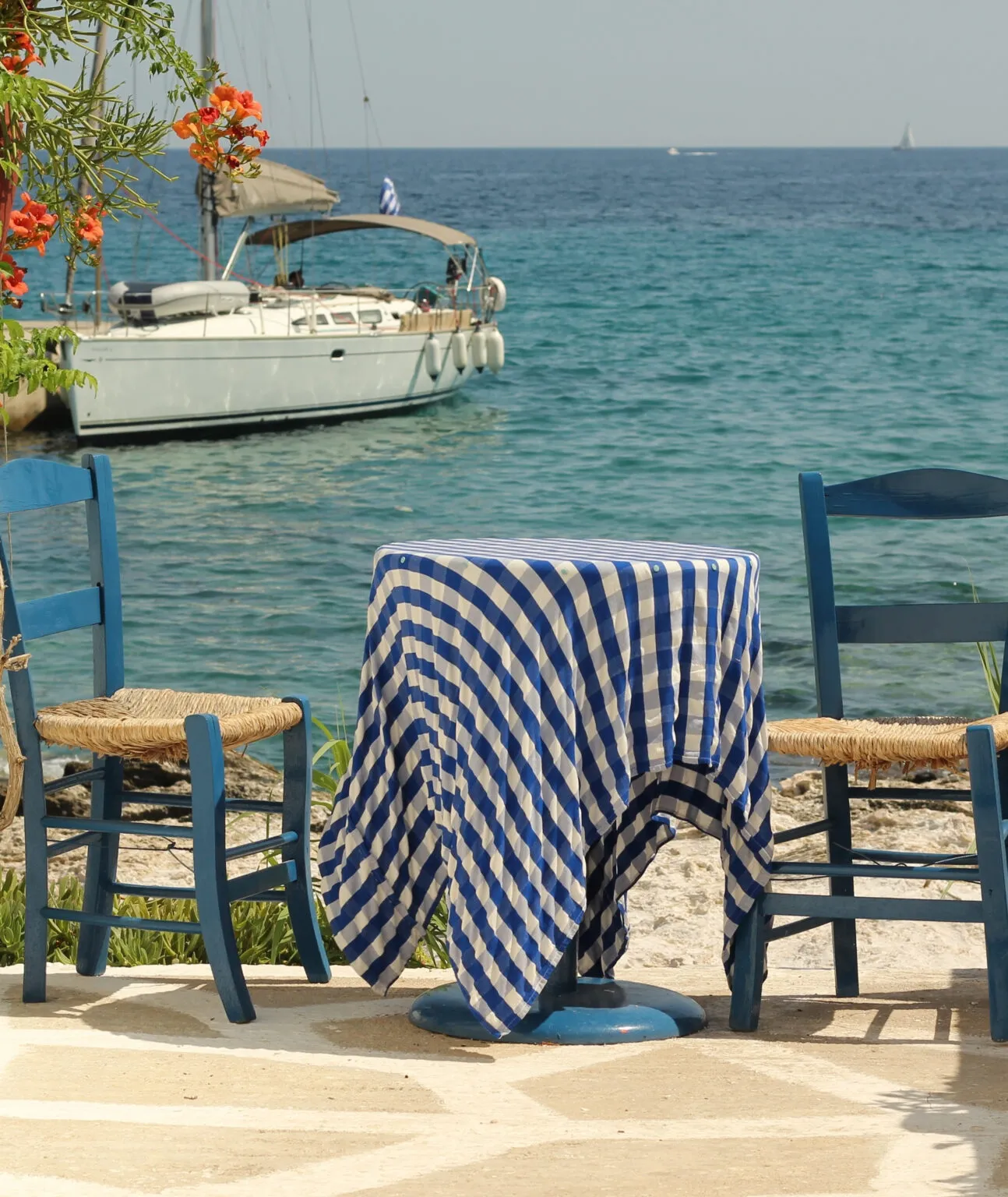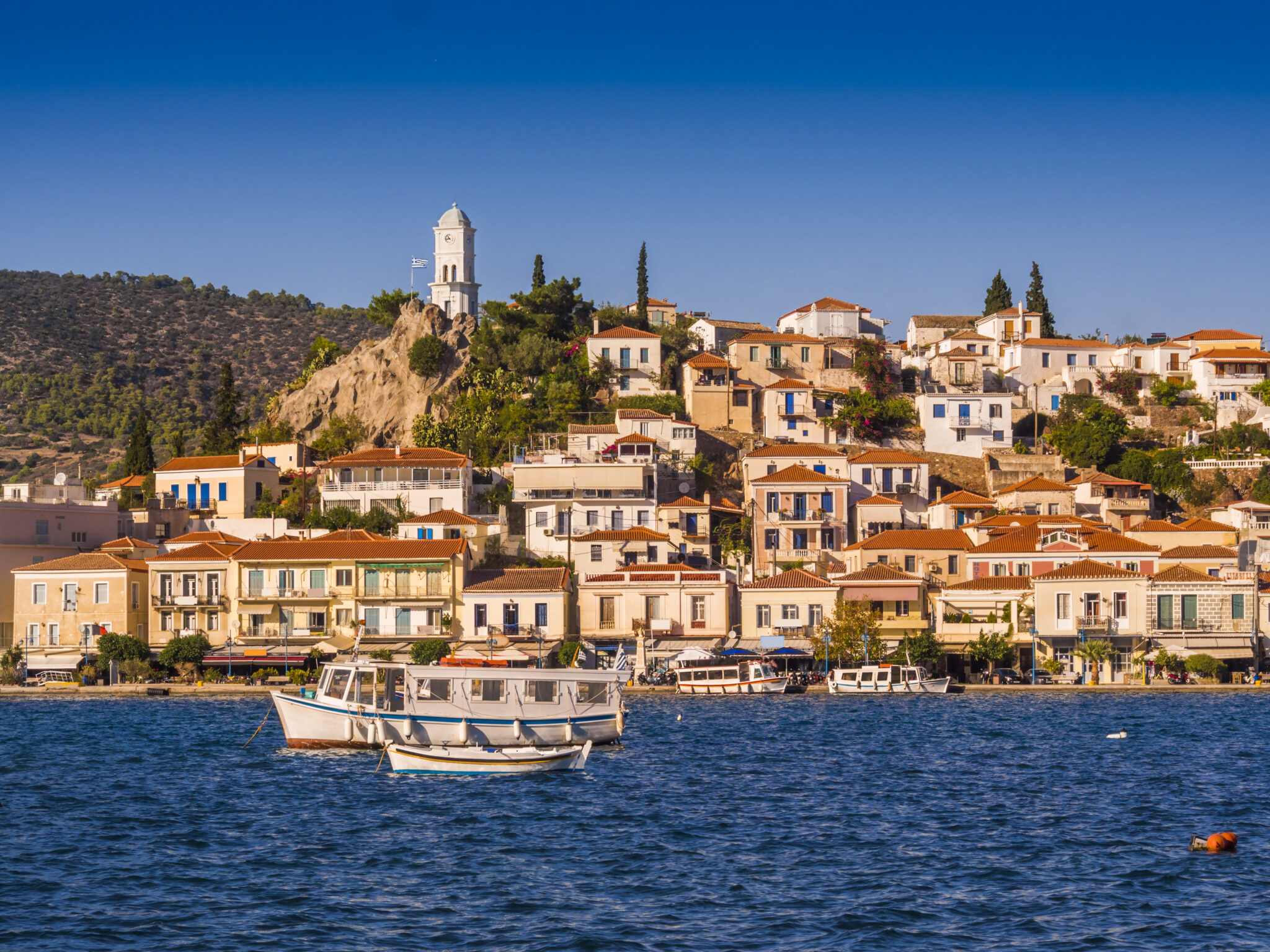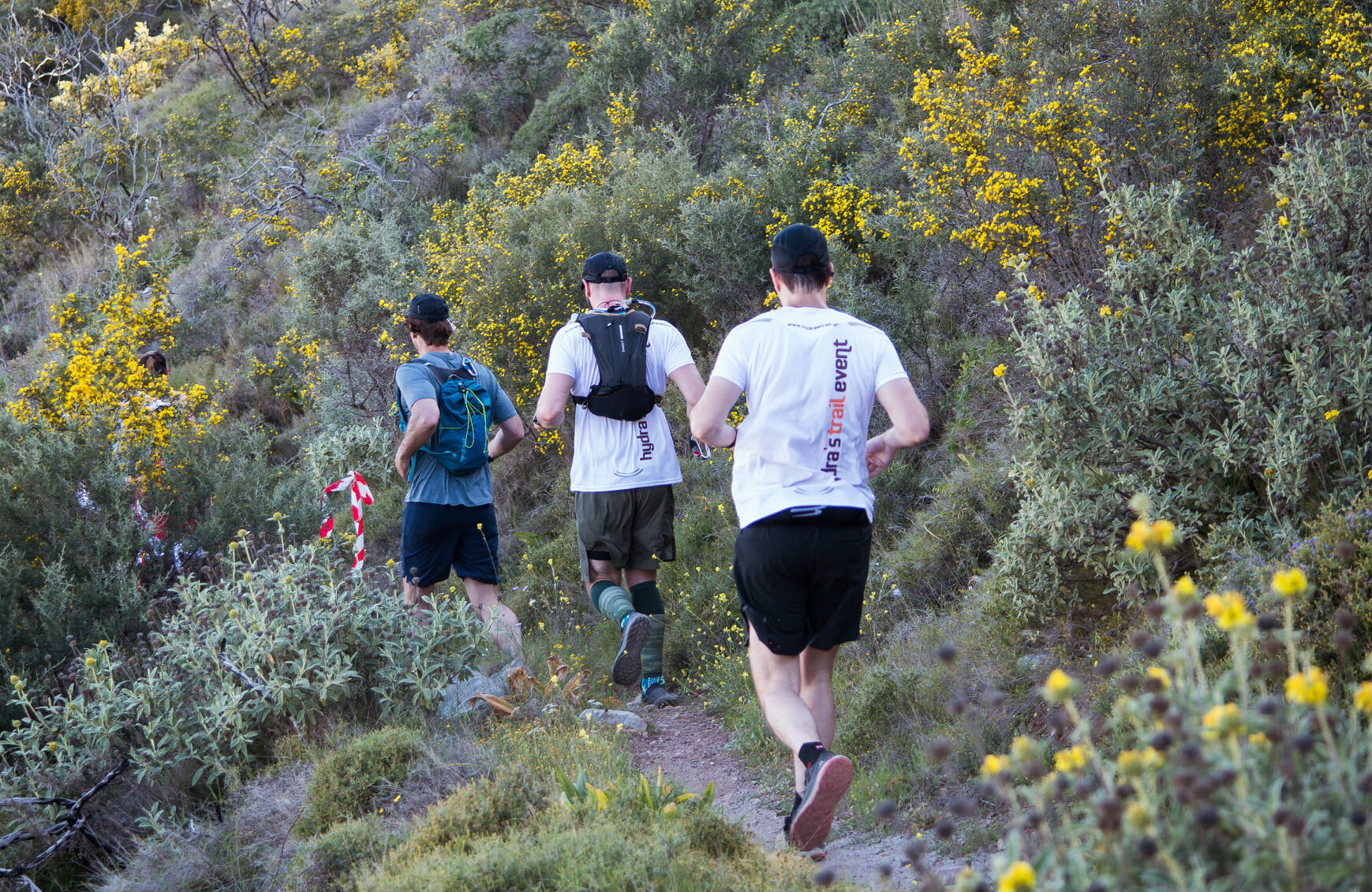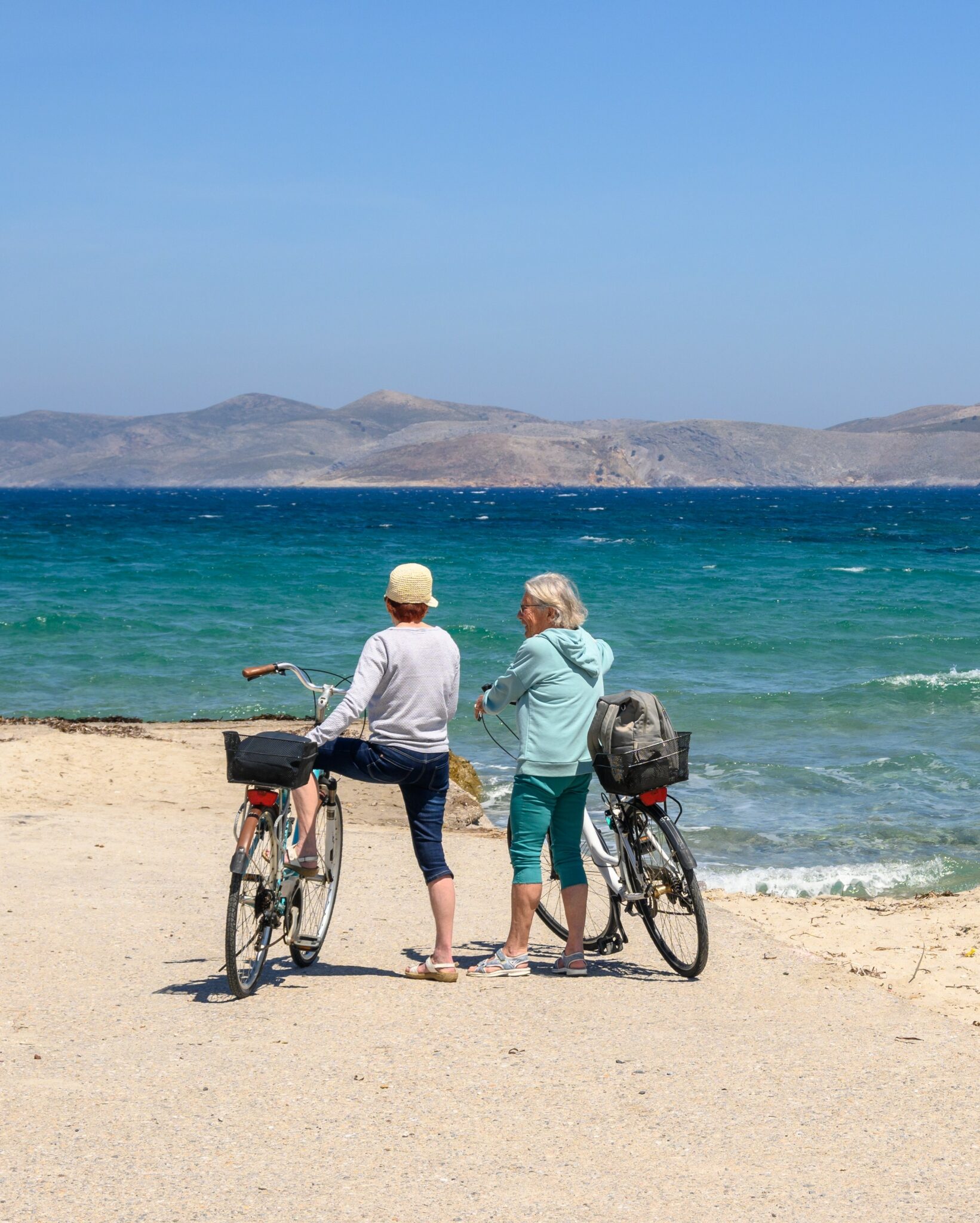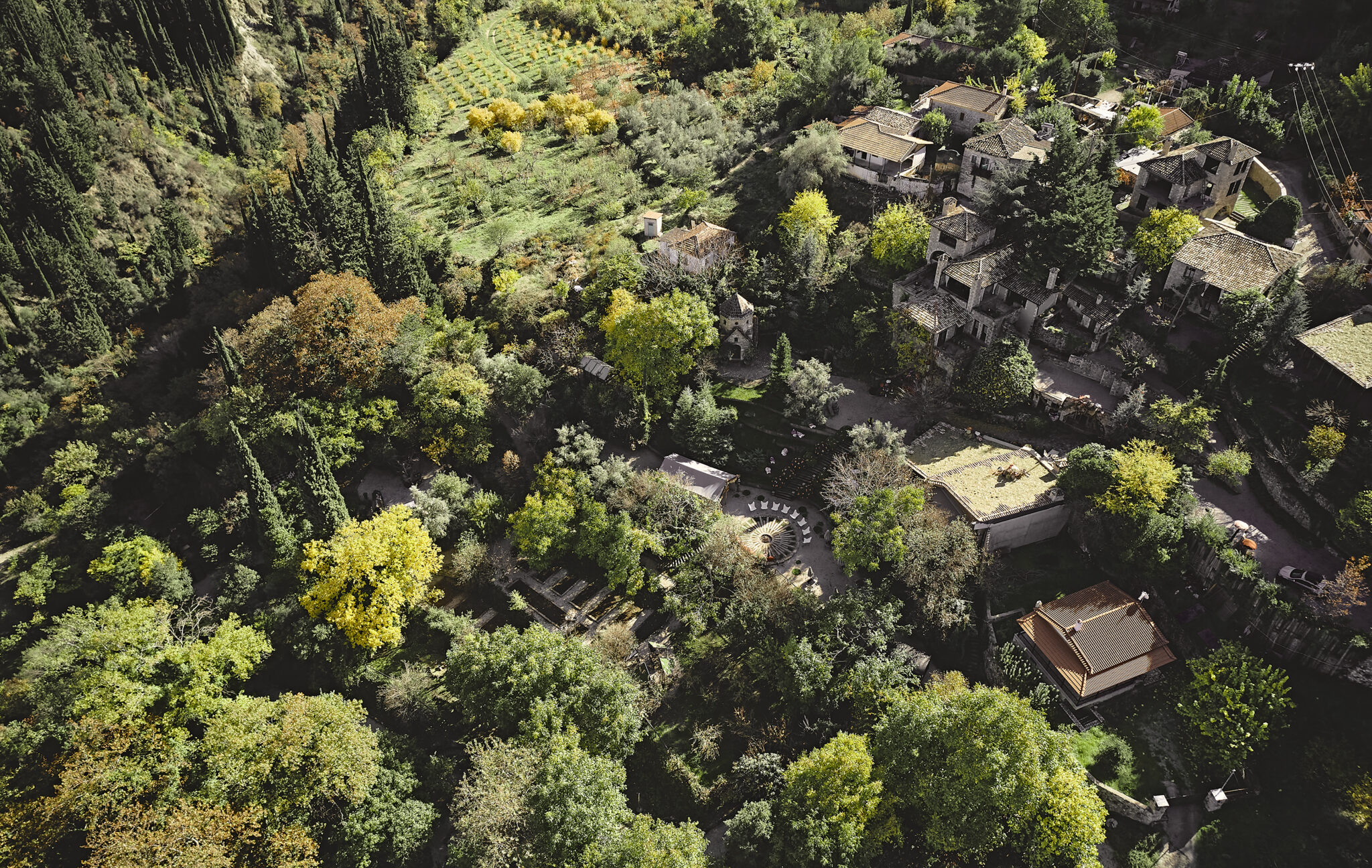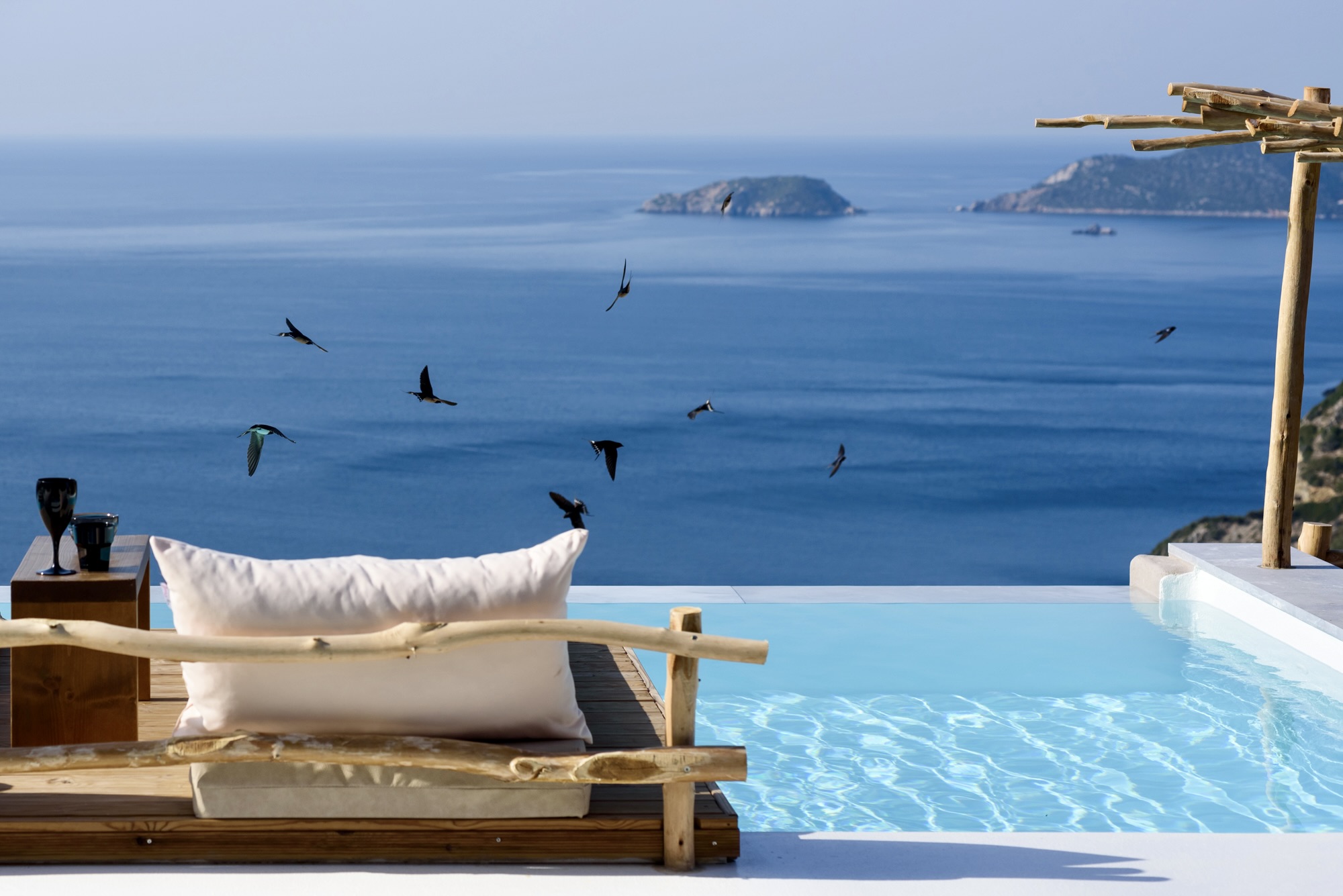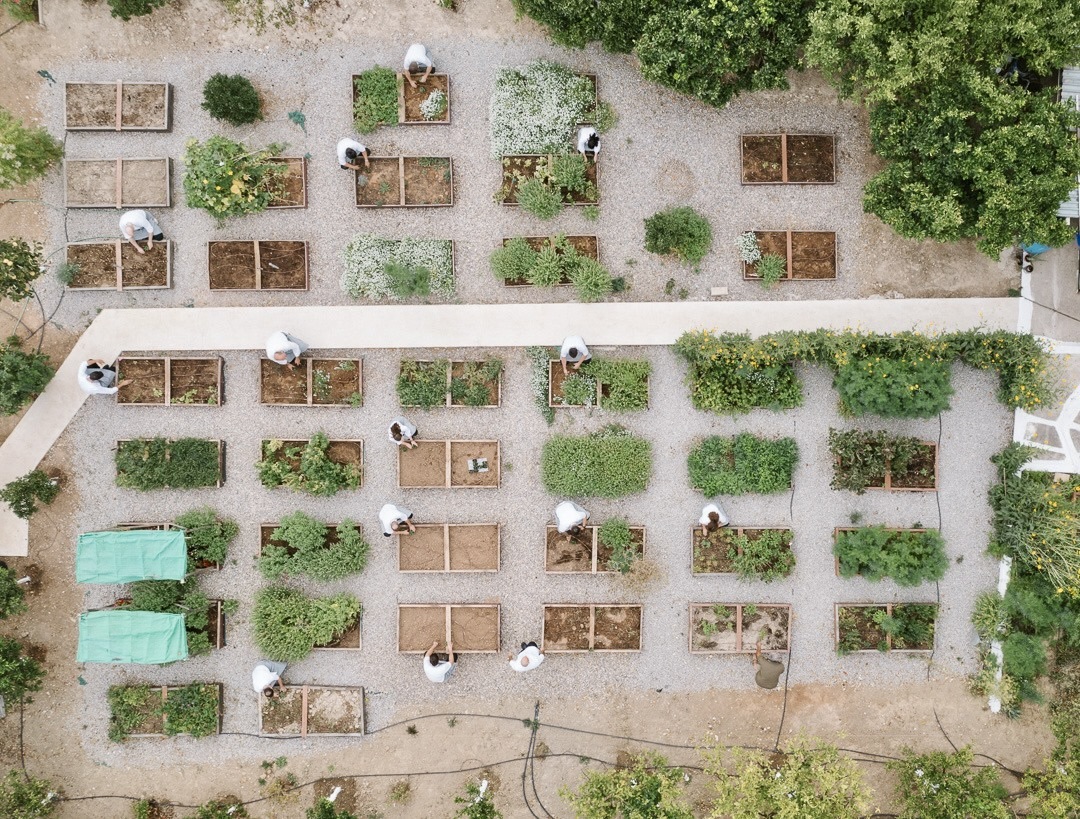The adoption of a Circular Tourism Economy Strategy for the Attica islands can lay the groundwork for the development of an innovative management tool for what they can offer the tourist market. The endorsement of such a strategy, with the objective of executing specific measures, is set to significantly bolster sustainable tourism on the Attica islands. This will pivot around four mainstays: judicious management of water resources, energy conservation, green waste management, and eco-friendly mobility, with the ultimate aim being to uplift the quality of life for both locals and tourists alike.
This initiative is geared towards supporting the island municipalities of the Attica region (comprising Angistri, Aegina, Kythira, Poros, Salamina, Spetses, Hydra) as well as the coastal municipality of Troizinia-Methana.
Shifting Towards a Circular Tourism Model
In this context, a regional strategy is being introduced on the islands with the aim of transitioning to a more circular regional tourism model. The purpose is to alleviate environmental pressures on the fragile island ecosystems from ever-increasing tourist influxes. Moreover, this approach promotes the gathering and exchange of available solutions and knowledge to support the development of circular policies and best practices in the tourism sector.
It’s worth noting that tourism in the Attica islands is a primary productive activity. This is evident both in the number of businesses – with 24% of businesses in 2021 being in the sectors of dining, hospitality, and travel agencies – and in the number of employees, with 27% of employment in the same sectors for 2020. However, this isn’t uniformly distributed across the eight municipal units. Specifically, regarding mobility pressures, a significant proportion of visitors pertains to highly developed holiday residences, tied with car access and usage.
Traffic congestion problems encountered are typically related to visitor access during peak periods to the destination’s main settlements, especially at certain times (most frequently during afternoon and evening hours when accessing dining, leisure, and accommodation areas). Furthermore, ports are busiest during ship departure and arrival times. Given the nature of tourism related to marine leisure during daytime, traffic is dispersed throughout the destination. Yet, during the evenings, the traffic is concentrated around major dining, leisure, and dense accommodation areas.
Viewed through an optimistic lens, the proximity to Athens and Piraeus means that many of these destinations – like Aegina, Angistri, and Poros – are ideal for visitors seeking short stays, achievable without reliance on private cars.
Pathway Restoration with Purpose
Indeed, the demands and expectations of a new generation of visitors, by now more attuned to sustainable mobility, are the very factors shaping the region’s evolution. Across all the islands, tourism is increasingly intertwined with hiking and cycling routes. This trend has catalysed the restoration of once-abandoned traditional pathways. Such modes of exploration represent an alternative tourism avenue, attracting visitors for extended stays. This not only smoothens the peaks and troughs of seasonal tourism but also alleviates strain on transport infrastructures. Moreover, the region has for years started to embrace ‘sustainable mobility’ practices. This includes limiting or excluding car use, integrating coastal marine transportation, and reviving pedestrian routes that have been preserved and are now primarily frequented by visitors.
More than Just Tourism
There’s also a growing strategy to intertwine tourism with other productive resources and sectors like agriculture, local produce, cultural or nature-centric tourism, among others. The destination is immensely rich in heritage.
Over 350 buildings, temples, or monasteries are officially designated as monuments or architectural heritage by the Ministries of Culture and Environment. Entire villages or islands, like Hydra, are recognised as ‘archaeological sites, historical locales or landscapes of extraordinary beauty, or even marine archaeological zones’. However, it’s interesting to note that despite such wealth, the majority of metropolitan visitors remain unaware of these destination’s existence. Similarly, many who visit are oblivious to these natural or cultural resources and the destination’s unique blend of tourism with agricultural production and alternative tourism.
Engaging with stakeholders has illuminated a notable gap: a limited awareness around the concept of circularity. This shortfall is paralleled by a noticeable dip in local business innovation and digital transformation. There’s a growing recognition of the role circular economy can play in tourism; it’s emerging as a tool for both economic growth and environmental rejuvenation. In a recent assessment of the island region’s circularity, data revealed a circularity index of around 44%. This places the destination at the midpoint of the ‘Beginning Pro-Activist’ scale‘, indicating that the area is just embarking on a journey to embrace circular economy principles within its tourism sector.
In terms of collaboration, the destination is ranking high within the ‘Basic level of collaboration‘ category. This suggests the first threads of a collaborative network involving all key stakeholders are being woven. Beyond the untapped potential and an increasing awareness of the limitations of the outdated model – both in terms of resources and infrastructure, as well as sustainability – there’s a silver lining. The current phase sees an urgent need to initiate multi-layered planning or introduce innovative management across all pillars. Another positive sign is the rising awareness amongst entities about the essential need for networking and cooperation.



